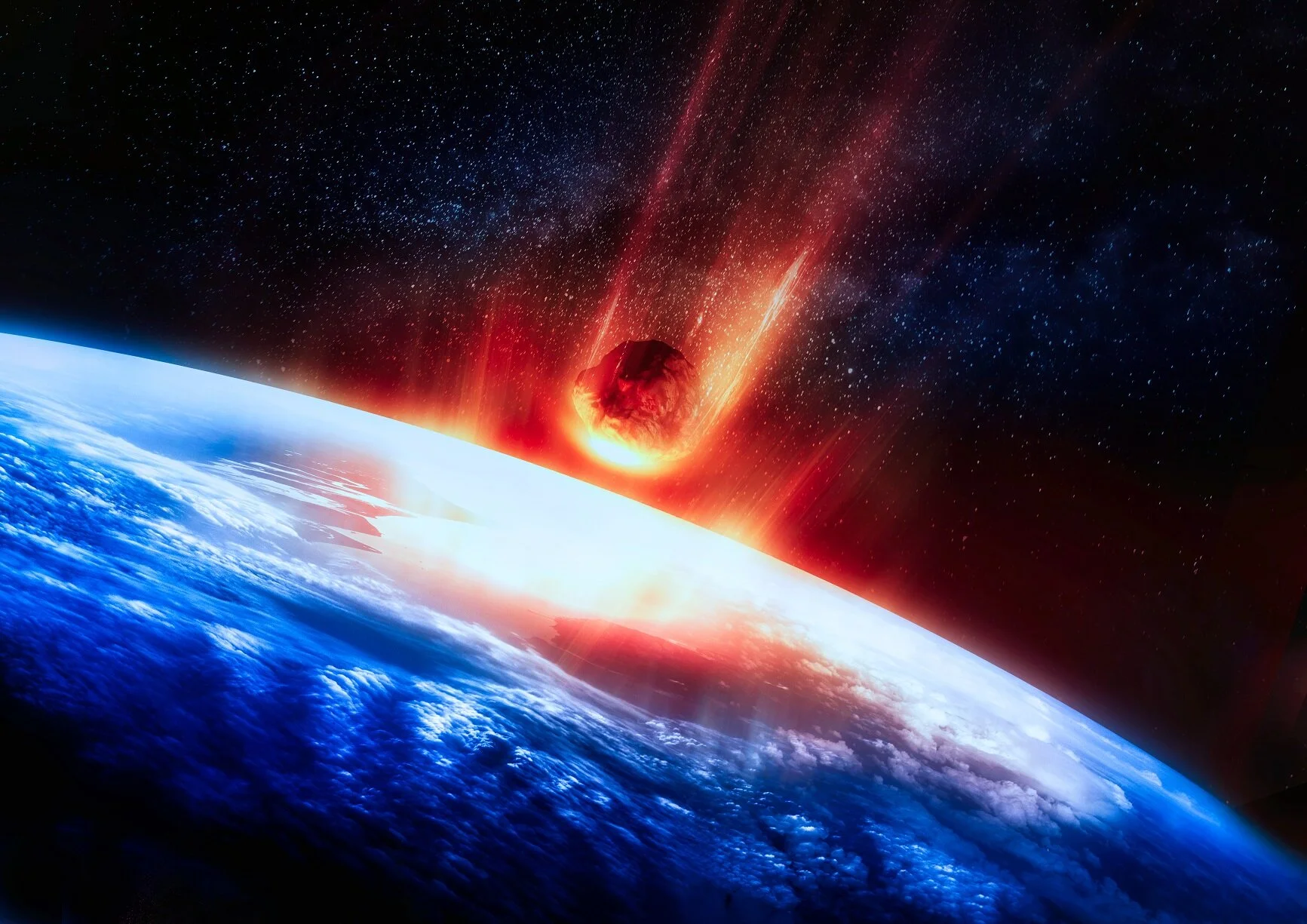The northern lights are nature’s very own magnificent light show. They are the mesmerising end result of electrically charged particles from the sun colliding with the Earth’s upper atmosphere. Though more frequently witnessed from the polar regions, the UK and other places on similar latitudes are lucky enough for the aurora borealis to occasionally grace their night sky.
What is the weather like on Mars?
Mars is often referred to as “Earth’s Twin”, due to the similarities it has with our planet. They are both terrestrial planets, both have polar ice caps, and (at one time) both had viable atmospheres and liquid water on their surfaces. But beyond that, the two are quite different. And when it comes to their atmospheres and climates, Mars stands apart from Earth in some rather profound ways.
Explainer: What is a planet?
Humanity’s understanding of what constitutes a planet has changed over time. Whereas our most notable magi and scholars once believed that the world was a flat disc (or ziggurat, or cube), they gradually learned that it was in fact spherical. And by the modern era, they came to understand that the Earth was merely one of several planets in the known Universe.
Six cosmic catastrophes that could wipe out life on Earth
What was the Carrington Event?
Some earth life is ready to live on Mars, right now
For some time, scientists have suspected that life may have existed on Mars in the deep past. Owing to the presence of a thicker atmosphere and liquid water on its surface, it is entirely possible that the simplest of organisms might have begun to evolve there. And for those looking to make Mars a home for humanity someday, it is hoped that these conditions (i.e favorable to life) could be recreated again someday.
Messier 32 - the 'Le Gentil' dwarf elliptical galaxy
During the 18th century, famed French astronomer Charles Messier noted the presence of several “nebulous objects” in the night sky. Having originally mistaken them for comets, he began compiling a list of them so that others would not make the same mistake he did. In time, this list (known as the Messier Catalog) would come to include 100 of the most fabulous objects in the night sky.
How old is our moon?
Most scientists agree that the Earth has pretty much always had its moon. Details of the moon’s composition (in particular the “isotopic mixture” of heavier and lighter versions of various elements) are too similar to the Earth’s for it to have been captured from somewhere remote. However, some compositional details differ enough to rule out the idea that the moon is simply a chunk of the Earth that broke loose.
What is the International Space Station
After the historic Apollo Missions, which saw humans set foot on another celestial body for the first time in history, NASA and the Russian Space Agency (Roscosmos) began to shift their priorities away from pioneering space exploration and began to focus on developing long-term capabilities in space. In the ensuing decades (from the 1970s to 1990s), both agencies began to build and deploy space stations, each one bigger and more complex than the last.
Explainer: we can learn a lot from the changing night sky
What Is The Closest Galaxy To The Milky Way
Scientists have known for some time that the Milky Way Galaxy is not alone in the Universe. In addition to our galaxy being part of the Local Group – a collection of 54 galaxies and dwarf galaxies – we are also part of the larger formation known as the Virgo Supercluster. So you could say the Milky Way has a lot of neighbors.
How Do We Colonize Saturn's Moons
From the 17th century onward, astronomers made some profound discoveries around the planet Saturn, which they believed was the most distant planet of the Solar System at the time. Christiaan Huygens and Giovanni Domenico Cassini were the first, spotting the largest moons of Saturn – Titan, Tethys, Dione, Rhea and Iapetus. More discoveries followed; and today, what we recognized as the Saturn system includes 62 confirmed satellites.
Festive nebulae light up Milky Way Galaxy satellite
Cosmic ‘Winter’ Wonderland
Planets Could Travel Along With Rogue 'Hypervelocity' Stars, Spreading Life Throughout The Universe
How Far Is The Asteroid Belt From The Sun?
In the 18th century, observations made of all the known planets (Mercury, Venus, Earth, Mars, Jupiter and Saturn) led astronomers to discern a pattern in their orbits. Eventually, this led to the Titius–Bode law, which predicted the amount of space between the planets. In accordance with this law, there appeared to be a discernible gap between the orbits of Mars and Jupiter, and investigation into it led to a major discovery.
What are multiple star systems?
How do we colonize Jupiter's Moons?
In 1610, Galileo Galilei became the first astronomer to discover the large moons of Jupiter, using a telescope of his own design. At time passed, these moons – Io, Europa, Ganymede and Callisto – would collectively come to be referred to as the Galilean Moons, in honor of their discoverer. And with the birth of the space exploration, what we’ve come to know about these satellites has fascinated and inspired us.
Is our Milky Way galaxy a zombie, already dead and we don’t know it?
Colonizing The Inner Solar System
Science fiction has told us again and again, we belong out there, among the stars. But before we can build that vast galactic empire, we’ve got to learn how to just survive in space. Fortunately, we happen to live in a Solar System with many worlds, large and small that we can use to become a spacefaring civilization.











